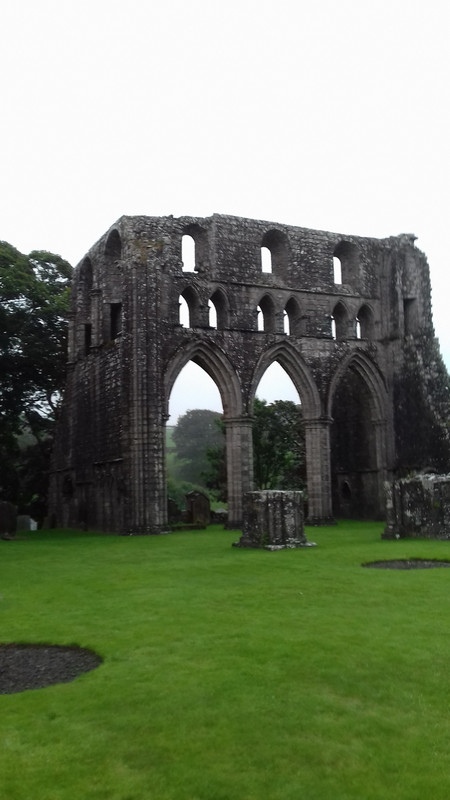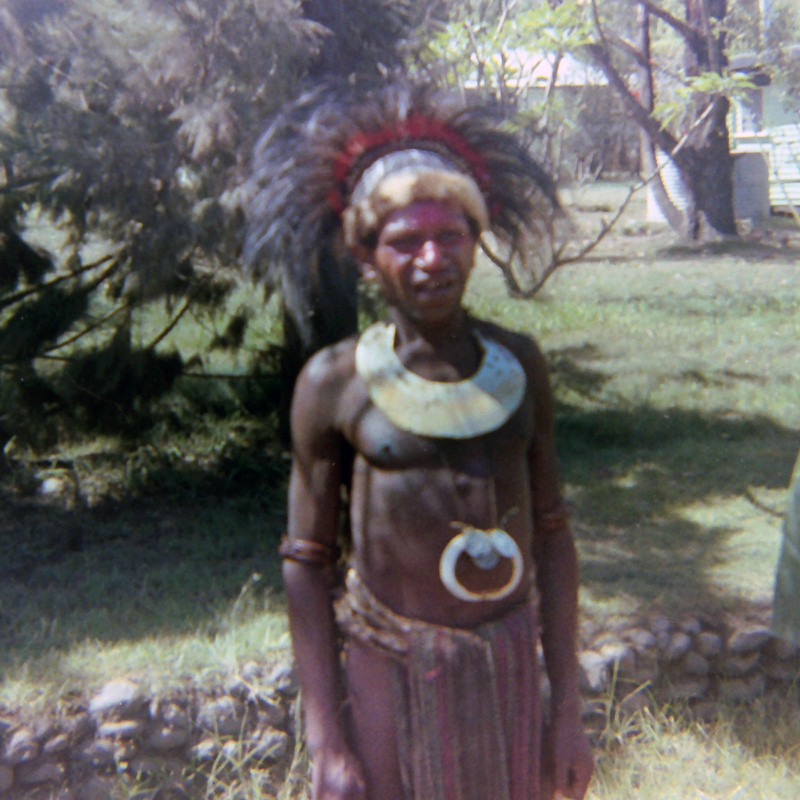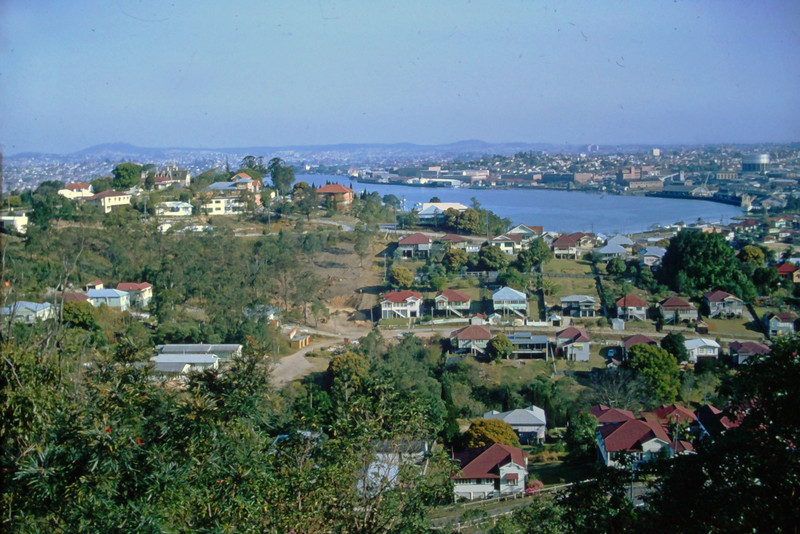Day 2 - following silly sat nag . We put in Dundrennan . She should have found it . She got one on her and we ended up down a narrow lane with no sign of an abbey of any kind . We switched her off and got out the map. She was not far wrong . Probably if we had continued along the narrow road we would out in the village of Dundrennan and found the abbey. Instead we turned round in an old abandoned farmyard , followed a wagon and ended up back on the main road where we dumped the sat nag and followed our noses. Eventually we found the village and the signs for the abbey . So easy when you dont use a sat nag.
The abbey was grey and dominated the landscape . The weather was typically Scottish . Dreek - the word perfectly fitted the grey old wet day . It drizzled . The sort of rain that wets you through to the skin and permeates your clothing leaving you feeling cold and miserable . I had booked tickets for the abbey at 10 and we had a time slot of
one hour . I was not too bothered that we were half an hour late . The car park was empty with the exception of two cars . It was not going to be busy . We locked Gabby up and walked across the wet grass to the abbey gateway . By the time we got there my feet were wet . On entering the abbey we were impressed with its sheer size and the amount of stonework still standing . We walked first to the wooden hut to present our tickets . Hand sanitizers everywhere . Masks still obligatory in Scotland . We were greeted with cheery hellos from the two staff members who probably were glad to see some visitors on the dreek day. Do you have tickets ? We found them on the phone and presented them for scan and trace . I offered the Cadw cards and they were glanced at and put away . Feel free to wander which we did .
The abbey was a Cistercian house built in a Romanesque style in 1142 by Fergus of Galloway, King David I and the monks from Rievaulx in Yorkshire . What remained gave an
idea of its beauty, the skill of the builders and the love that someone put into building such a lovely place . It is said to be noted for its purity . Mary Queen of Scots stayed here as she did in many places . In 1587 the land passed to the Crown after the Scottish reformation and fell into disuse and ruin . AT one point it held lifestock . Now it is a scheduled building and maintained by the equivalent of Cadw in Wales .
After establishing this abbey the monks moved in and built Glenluce Abbey - closed due to maintenance and Sweetheart Abbey - closed due to maintenance . There were may grave markers in and around . Many were highly decorated and in good order . The ruins had a peaceful beauty . It was not hard to feel just how the monks must have felt . A very quiet place . A place of solitude . Food readily available , medical care , the ways of the world must have felt a long way away. There were cloisters to walk in and around . A peaceful chapel that once was full
of singing and chanting . A place to be buried in . Even now the interior of the abbey close to where the high altar would have stood were gravestones. Some going back to 1700 . Others more recent dating from the 1900s The church was as always based on the Corss pattern but did have an unusual three story design . The window glass had long gone but the carving around the windows and doors was impressive . Many of the stones that had been found around the abbey were housed in later buildings . The skill of craftsmen was easy to see . Open arcades made the building light and spacious . In its time it must have been very impressive . What remained was still impressive .
We walked to the chapter house which dated from the early 1200s. From there was an east range of buildings . A warming house, a dining area for the monks , rooms for contemplation and silence and rooms to chat in . All in all the entrance facade was impressive. Internally we were reminded of Roche Abbey . There were finely moulded piers , niches for graves and for
statues.









